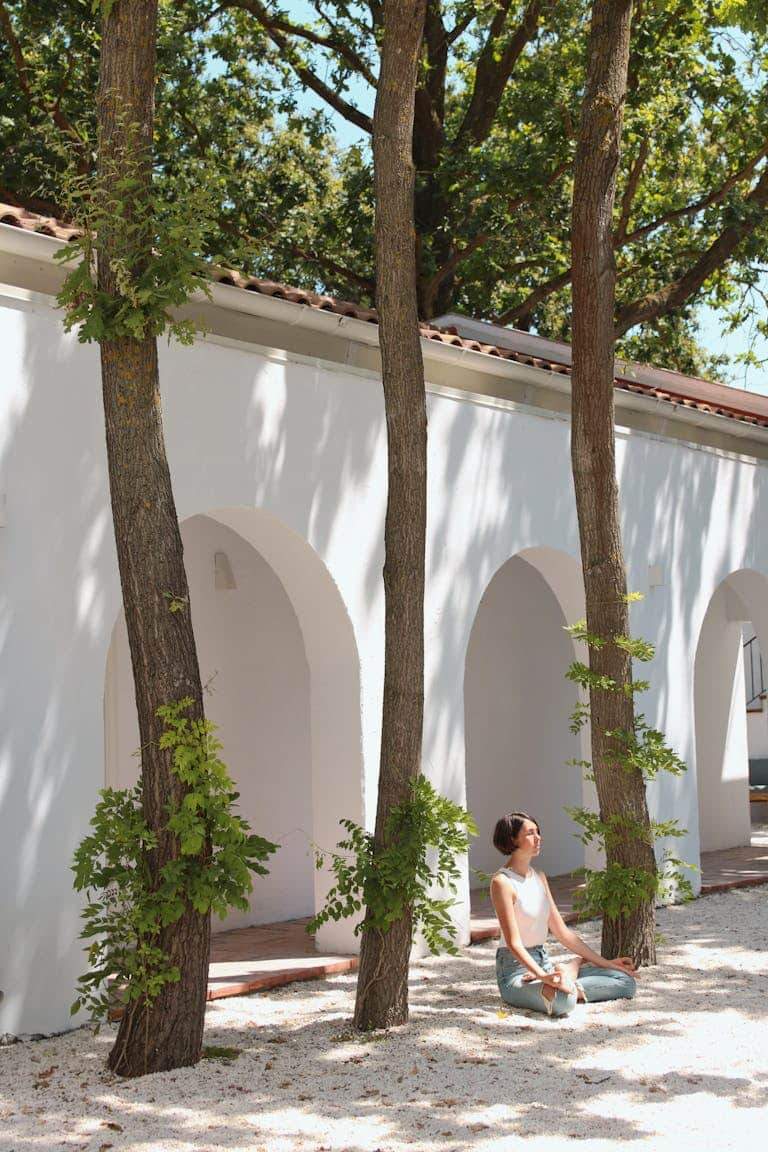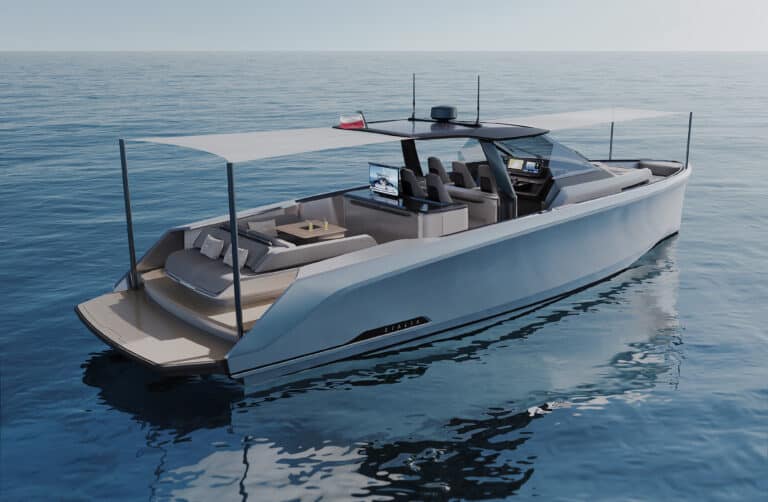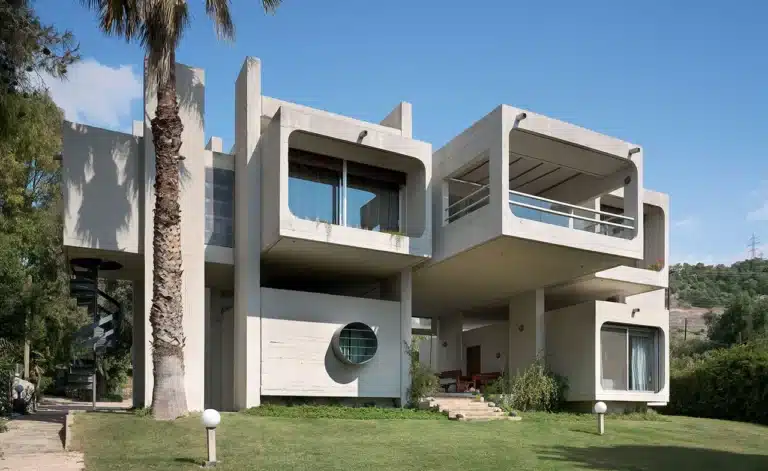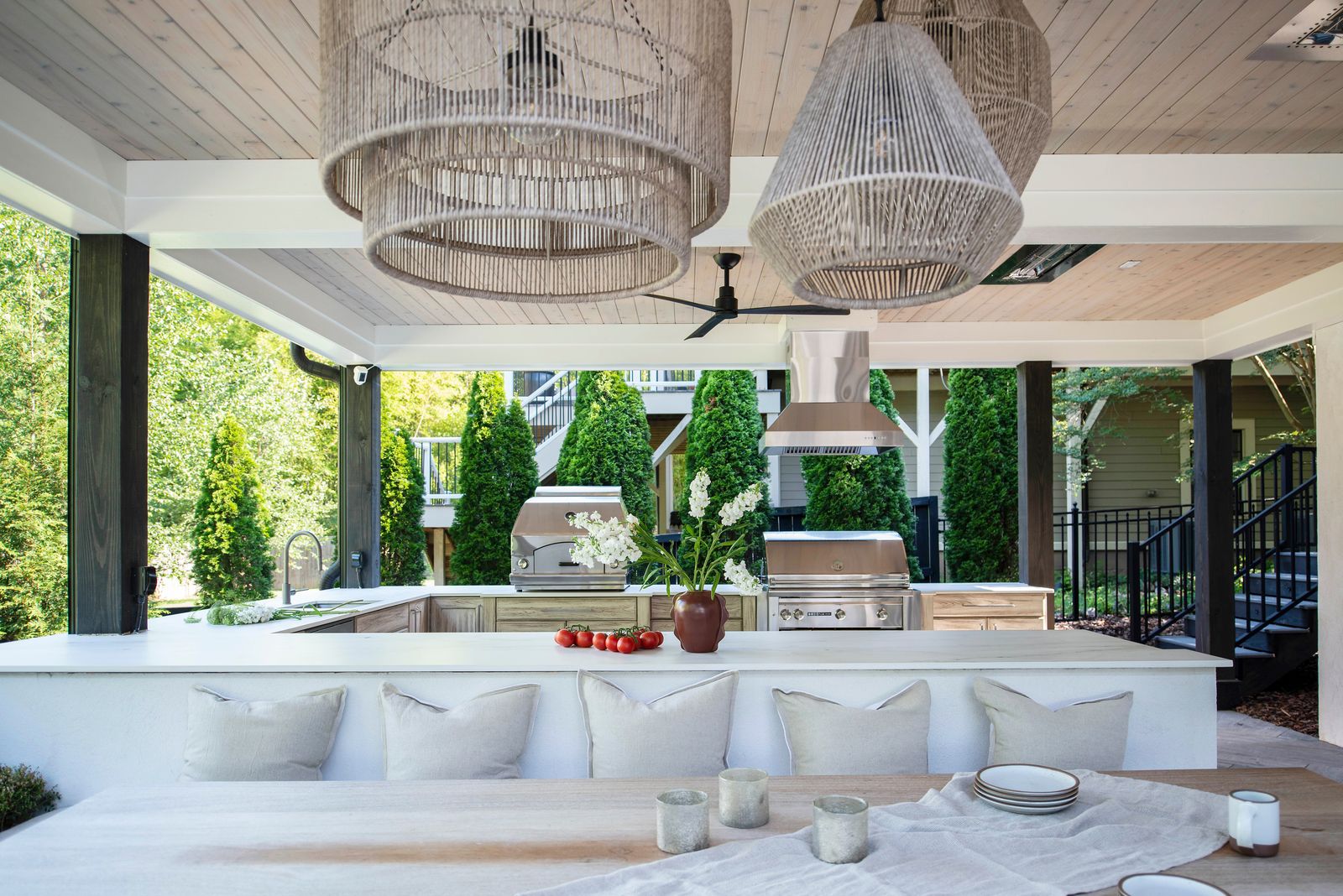
The Salman Style blends Arab-Islamic heritage with modernity, creating a unique architectural identity in Riyadh. This article explores the historical background of the Salman Style, its key architectural elements, its role in Riyadh’s urban development, and a critical analysis from the ArchUp perspective. It includes a summary table and a FAQ section to clarify essential points.
Historical Background: The Start of an Urban Vision
In 1954, King Salman bin Abdulaziz assumed the role of Governor of Riyadh at the age of nineteen. He began as acting governor before becoming the official governor in 1955. During his two tenures (1954–1959 and 1963–2011), Riyadh underwent significant urban transformations. The city’s population grew from 150,000 to over 5.2 million by 2010, reflecting rapid growth in infrastructure and urban projects.
“During his governance, King Salman led the development of Riyadh’s infrastructure, transforming it into a modern capital.”
Source: Official Website of the King Salman Center for Historical Studies
Defining the Salman Style
The Salman Style is an architectural approach that combines traditional Arab-Islamic elements with modern design. It reflects a vision to preserve Saudi cultural identity while embracing technology and sustainability. This style is evident in government, commercial, and residential buildings, making it a cornerstone of Saudi Arabia’s architectural evolution.
Key Architectural Elements
The Salman Style is distinguished by clear features that balance aesthetics and functionality. Below are its primary elements:
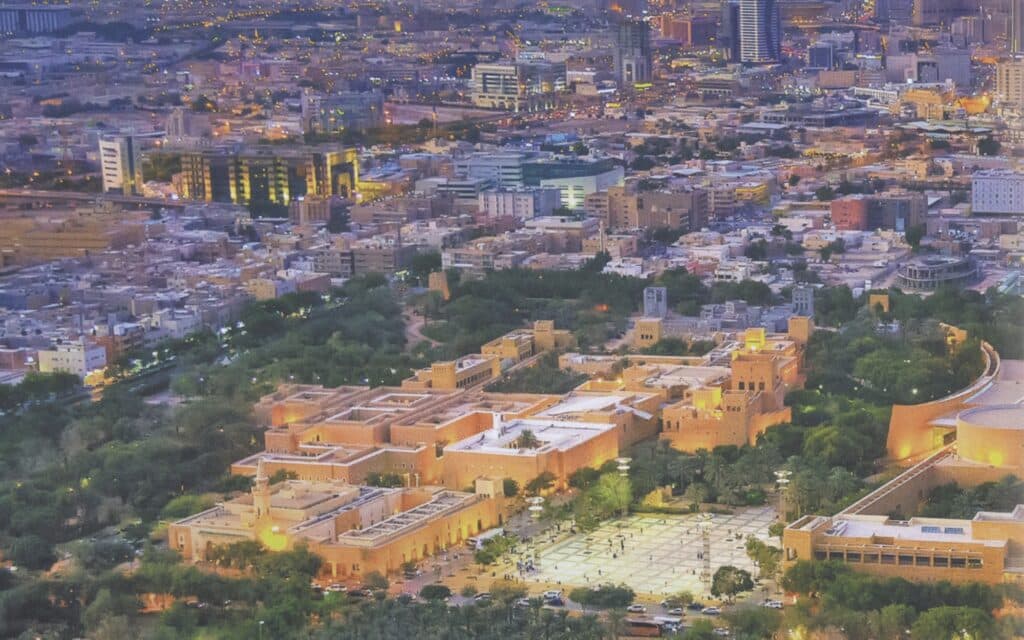
| Architectural Element | Description |
|---|---|
| Domes | Large, adorned with intricate Islamic patterns, adding visual harmony. |
| Arches and Columns | Large arches and sturdy columns, combining structural support with decoration. |
| Islamic Ornaments | Includes Arabic calligraphy, floral, and geometric patterns on walls and ceilings. |
| Iwans | Large arched openings used in mosques and palaces for ventilation and beauty. |
| Mosaics and Tiles | Colorful coverings for walls and floors, adding a distinctive visual touch. |
| Gardens and Courtyards | Green open spaces that encourage social interaction and provide a relaxing environment. |
These elements create buildings that reflect local identity while prioritizing efficiency and sustainability.
The Role of the Salman Style in Riyadh’s Development
Under King Salman’s governance, Riyadh experienced remarkable urban growth. A notable milestone was the architectural competition between Al Faisaliah Tower (opened in 2000) and Kingdom Centre Tower (completed in 2002). This rivalry was not just about height but symbolized a drive for innovation and urban excellence. These projects helped position Riyadh as a global commercial hub.
“The Kingdom Centre and Al Faisaliah Towers represent a blend of modern design and cultural identity.”
Source: Report by the General Authority for Tourism and National Heritage, 2020
King Salman Charter: A Vision for Architecture and Values
The King Salman Charter is a framework that reflects the values supported by King Salman, including preserving heritage, promoting innovation, and upholding Islamic principles. This charter is embodied in the Salman Style through its focus on sustainability, advanced building materials, and designs that foster social interaction. For instance, buildings are designed to be energy-efficient and integrated with green spaces.

ArchUp Perspective: Analysis and Critique
From ArchUp’s viewpoint, the Salman Style is a significant step toward enhancing Saudi Arabia’s architectural identity. The fusion of heritage and modernity creates visually appealing and functional buildings. For example, the use of domes and ornaments strengthens cultural ties, while modern technology improves sustainability.
However, there are some critiques. First, the high cost of using premium materials like mosaics and tiles may limit the style’s application in affordable housing projects. Second, the focus on large-scale projects like towers may overshadow the development of regular residential areas, leading to uneven urban design quality. Finally, the style needs further adaptation to environmental challenges, such as reducing water consumption in large gardens.
Frequently Asked Questions (FAQ)
What is the Salman Style?
An architectural style blending traditional Islamic elements with modern design, focusing on Saudi identity and sustainability.
What are the key landmarks of the Salman Style in Riyadh?
Al Faisaliah Tower and Kingdom Centre Tower, alongside various government and commercial buildings.
How did the Salman Style contribute to Riyadh’s development?
It transformed Riyadh into a modern urban center through major projects and innovative designs.
Does the Salman Style prioritize sustainability?
Yes, it includes energy-efficient materials and environmentally friendly designs, but further improvements are needed.

Summary Table
| Point | Details |
|---|---|
| Historical Background | King Salman’s governance (1954–1959, 1963–2011), Riyadh’s growth from 150,000 to 5.2 million people. |
| Style Definition | Blend of Islamic heritage and modernity, focusing on identity and sustainability. |
| Architectural Elements | Domes, arches, Islamic ornaments, iwans, mosaics, gardens. |
| Key Landmarks | Al Faisaliah Tower (2000), Kingdom Centre Tower (2002). |
| King Salman Charter | Values emphasizing heritage, innovation, and sustainability. |
| ArchUp Perspective | Positives: Enhances identity and sustainability. Critiques: High costs, uneven design focus. |
The Salman Style showcases Saudi Arabia’s ability to merge its past with the present, but it requires balancing ambitious urban goals with practical challenges to ensure inclusive development.


